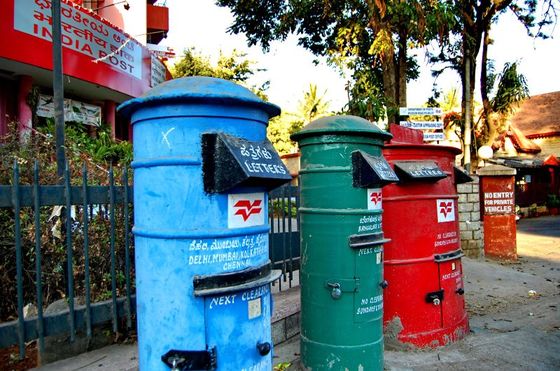India has the most post offices than any other country over 100 000

India has the most post offices than any other country (over 100,000)

India, a country known for its rich heritage and diverse culture, can now add another feather to its cap. With over 100,000 post offices, India boasts of having the most extensive postal network in the world. This remarkable achievement not only highlights the country’s commitment to providing efficient communication channels but also reflects its vast geographical expanse.
The Indian postal system dates back to the British era when the East India Company introduced the service in 1764. Over time, the network has expanded exponentially to cater to the growing population and the increasing demand for postal services. Today, the Indian postal network is not only an essential part of the country’s infrastructure but also a symbol of its progress.

India’s post offices are distributed across urban and rural areas, ensuring that no corner of the country is left untouched. From bustling cities to remote villages, these post offices connect people, facilitate trade, and serve as a lifeline for communication. The vast number of post offices also means that Indians have easy access to postal services, including mail delivery, parcel services, money orders, and savings schemes.
With the advent of technology and the rise of digital communication, one might wonder about the relevance of physical post offices in today’s world. However, the Indian postal system has adapted to the changing times. Alongside traditional services, post offices now offer e-commerce services, banking facilities, and even passport applications. This forward-thinking approach ensures that post offices remain relevant in the digital age.
Furthermore, the significance of India’s extensive post office network extends beyond domestic communication. International mail services provided by Indian post offices play a vital role in connecting the country with the rest of the world. The efficient handling of international parcels and correspondence contributes to the growth of international trade and strengthens diplomatic ties.
India’s achievement of having the most post offices in the world aligns with its overarching goal of inclusive growth. The widespread presence of post offices ensures that even citizens in remote areas have access to essential services. Whether it’s a student receiving an admission letter, a farmer receiving agricultural subsidies, or a family receiving a money order, post offices bridge the gap between people and information.
In conclusion, India’s extensive post office network is truly impressive. With over 100,000 post offices across the country, India leads the world in providing accessible and efficient postal services. This achievement not only showcases India’s commitment to connectivity but also reflects its vibrant and diverse landscape. So, whether you’re sending a postcard or a package, rest assured that India’s post offices are ready to fulfill your communication needs.
Sources:
Related Posts
Quick Links
Legal Stuff

